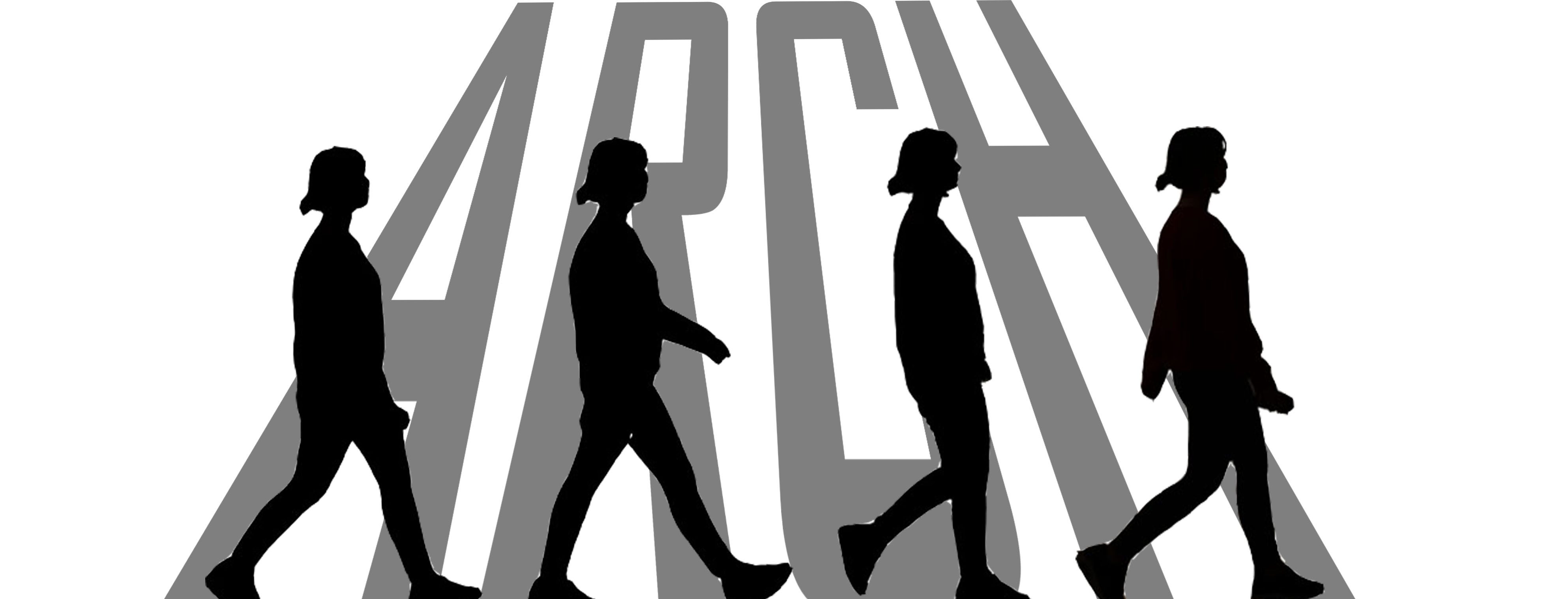We had the right to use only two elements (surface or line) on the mass but now, we would use 3 elements in this assignment, and we would do the opposite on what we combined with the elements and relationships we used in the previous assignment (orthogonal or non-orthogonal). For example, you will create an orthogonal relationship in this model if you have used a non-orthogonal relationship in the previous model.
What I want to do here is also to create a non-orthogonal relationship with the lines, to strengthen my existing orthogonal relationships and to better seeing and better define the intersecting volumes in my model. As you can see, each line is placed according to a rule and a reference, helping to identify and view the volume where it is placed. (The only difference is the theme in assignment 9.2.)




































